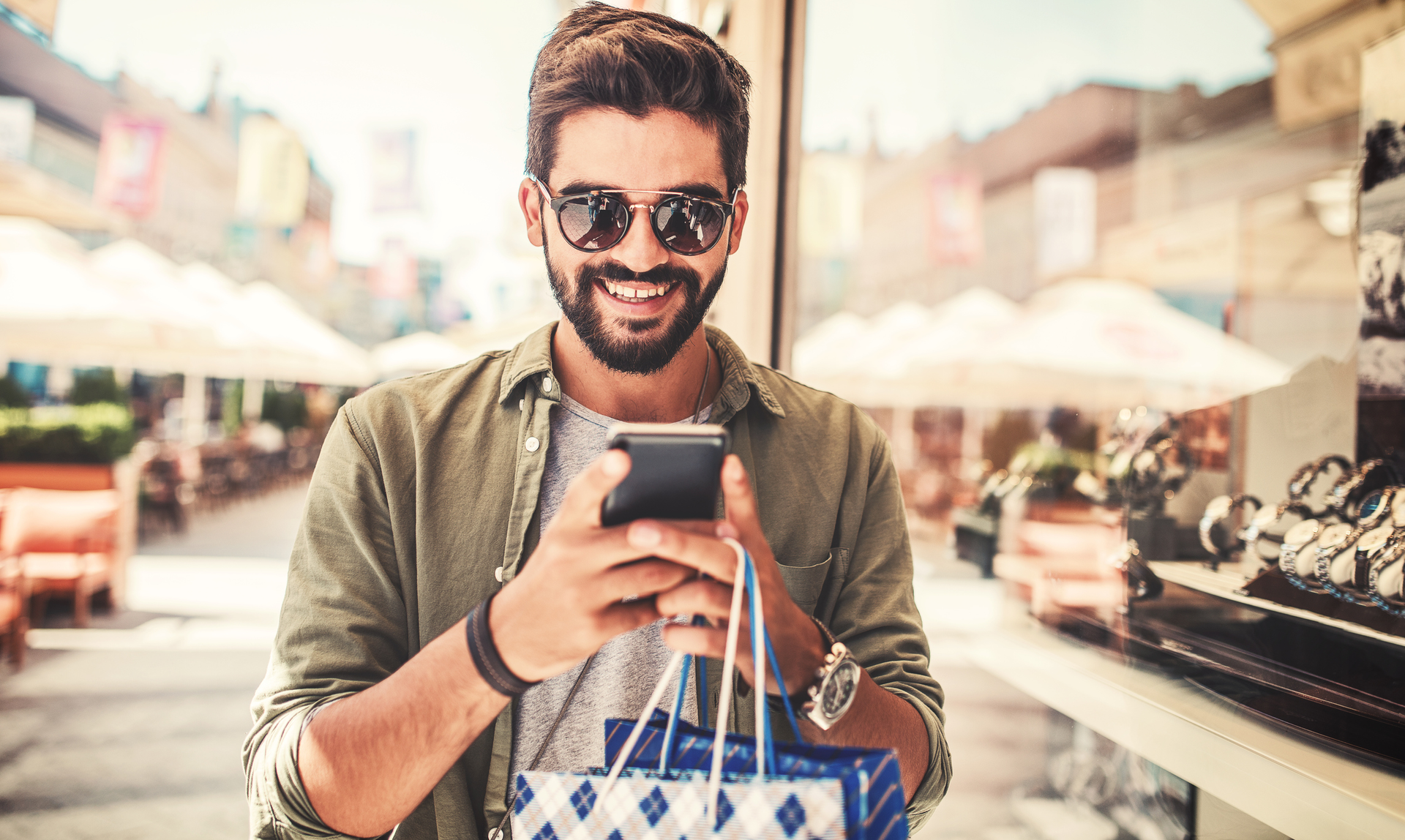Digital channels increase the amount of messaging that marketers send to consumers, creating a more robust conversation. Each channel lends itself to a different kind of interaction, but the important thing for marketers to focus on is managing the conversation in a way that is seamless across devices and omnichannel in nature.
With all these moving parts, consumers raise their expectations. When brands drop the ball, they pay for it.
“Today, digital experiences play a large part in how most people engage with the world,” said Angie Mistretta, CMO for AppDynamics. “We [as consumers] use social media to stay in touch with friends, order groceries, request rides, track our fitness and so much more. This is the new norm for engaging with companies and brands. So when their applications or websites fail to deliver due to an outage or performance issue, consumers take notice. And this can cause irreparable damage not only to the brand, but to a business’ bottom line.”
Digital reflex by today’s users
Owned by Cisco, AppDynamics is an app performance monitoring solution that also conducts research on customer behavior and industry trends.
Their latest report, The App Attention Index 2019 finds the current scene to be driven by “digital reflex.”
Essentially, consumers reach for their phones without paying much mind. Their attention is elsewhere, but not when the gears stop.
“Today, most people reach for their phone as soon as they wake up, and rely on a number of applications from Alexa to check the weather to Spotify and Sonos for their favorite music,” Mistretta explained.
“Our report,” she added, “found that 69 percent of consumers say their use of digital services is like a human reflex – something they do automatically without thinking about it. Because of this shift in consumers’ reliance on digital services today, they have higher expectations for how their digital services will perform and when they don’t meet the mark – nearly half of respondents (49 percent) said they would take ‘decisive’ actions, such as turning to a competitor.”
Raising the bar with hyper-personalization
More than 7,000 consumers were surveyed. Many don’t realize how digital their lives have become. The average consumer in this study estimated using seven digital services throughout their day. While perhaps that’s a lot, the study showed that in reality, that consumer was actually using more than 30 digital services daily.
According to Mistretta, consumers are so dependent on these digital channels that standards are continually raised. Fifty-five percent of those surveyed claimed they could get by without using their mobile device for, at most, four hours.
“The main way for marketers to adapt to this seismic shift is through hyper-personalization of the user experience and staying aligned with their IT organizations to ensure the digital experiences they are delivering are best-in-class,” Mistretta said.
“In order to stay top of mind among consumers and ahead of the competition, marketers need to ensure that they are offering consumers the services that they’re actually looking for,” she stated.
Turning to the study, 70 percent of users expect digital interactions to be more personalized than face-to-face service. They are increasingly aware of the data they share and expect these marketers to act accordingly.
Hyper-personalized at home and in-store
In this omnichannel, always-on world, we’ve seen marketers begin to adopt a “channel-agnostic” strategy. The danger is to rely too heavily on a particular channel. Even with rising mobile use, where consumers can discover and purchase all in one hand, brands can’t lose sight of traditional channels, including in-store experiences.
“If I compare how I engage with my bank, shop for groceries or order my iced tea 10 years ago versus the way I do it today, the difference is staggering,” Mistretta said. “I can do all of the things above without leaving the comfort of my favorite recliner. This is not to say that brick-and-mortar stores will die a slow death. In fact, I think it is quite the opposite. The brands who are doing the best are the ones who are leaning in and investing marketing resources to further innovate and align both experiences.”
Experiences need to be aligned, and follow the consumer seamlessly from channel to channel. In the case of retail and eCommerce, a robust experience depends both on inventory and look.
“One impact to the buyer’s journey that retail companies need to keep in mind is the ability to get users access to inventory,” said Mistretta. “Seasonality can materially impact where and when products are available, and eCommerce apps then have to be intuitive, aesthetic and natural to bring that in-store experience to screens and meet consumers demands as they would in a physical store location.”
For Mistretta, a hyper-personalized experience grows revenue with more sales, but the success also feeds brand love. She pointed to eyewear designer Warby Parker as an example of a retailer that began with a handful of physical locations and a superior digital experience.
“They offer a compelling digital experience that allows consumers to upload a photo from their mobile application, try on frames virtually and also receive a shipment of frames to try on at home,” she said. “You can now find Warby shops popping up in shopping malls, airports, train stations and more because their digital experience built an affinity to the brand.”








